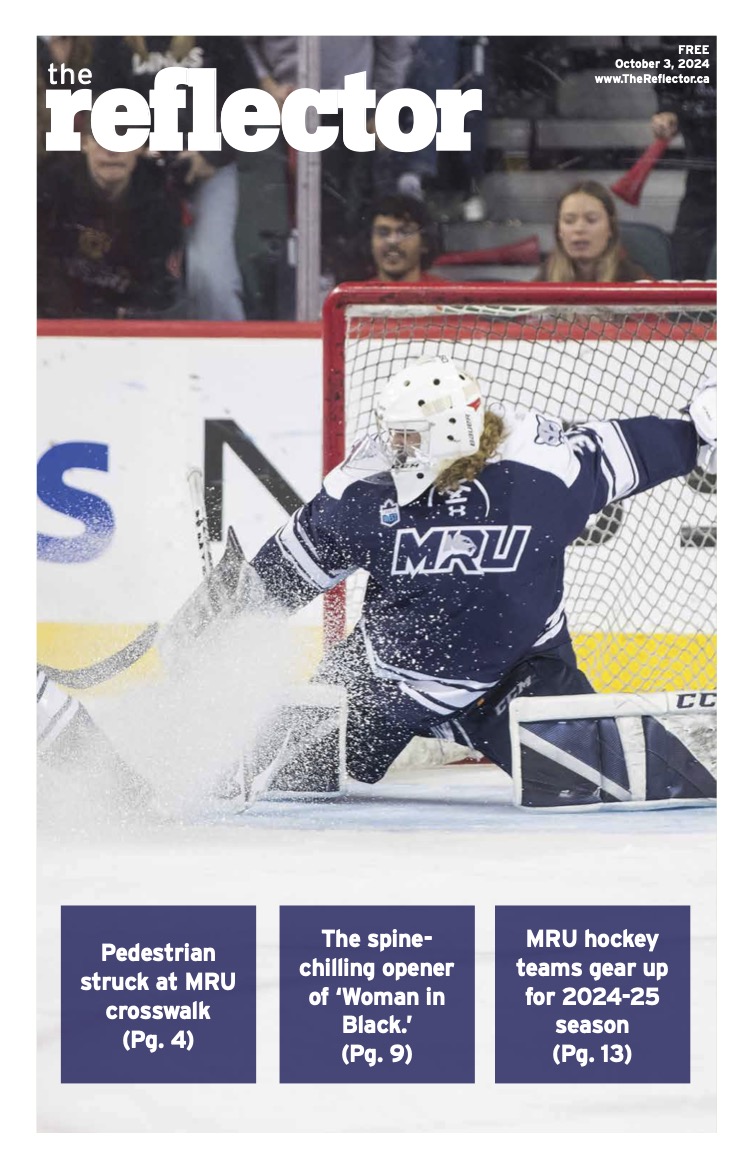Tablets, tablets everywhere
Tech giants providing more options
BAJ Visser
Staff Writer
We have seen the future, and it’s full of squares.
At least that’s what Microsoft wants you to think. The computing giant released Windows 8 on Oct. 27, the latest version of the world’s most popular operating system.
The most iconic feature of Microsoft’s newest OS is the touch-friendly start screen, filled with continually updating live tiles — a feature first introduced in 2010’s Windows Phone 7.
Microsoft’s big hope is to end the dominance of their longtime rival, Apple, over the mobile computing space. According to Solutions Research Group’s Digital Life Canada study, Apple’s iPad dominates the Canadian tablet market with 56 per cent, followed by the hometown Research in Motion’s BlackBerry Playbook with 19 per cent.
A host of tablets running Google’s Android operating system making up the remaining quarter, with big names like Samsung, Acer, and ASUS all failing to break 10 per cent.
It is into this market that Microsoft is dropping its own personalized Windows Surface tablet. The elegantly designed slate, complete with a touch-pad keyboard cover that is supposed to blow away the iPad’s iconic smart cover, is aimed at making Microsoft a major player in the mobile computing game.
Make no mistake; the Surface looks awesome — almost as if the ghost of Steve Jobs accidentally possessed the body of Microsoft CEO Steve Balmer. However, the version of the Surface that dropped on Oct. 27 is only running a neutered version of Windows 8, called Windows RT, designed specifically for tablet computers.
Windows RT doesn’t allow access to their old Windows programs, as it runs off a completely different chipset than your standard PC or laptop windows.
Much like Apple’s iOS, Microsoft controls what you can get on their RT tablets, and at the moment the Windows Store makes BlackBerry’s notoriously boring App World look full of life.
Apple wasn’t willing to let Microsoft steal the spotlight, though. On Oct. 23, they released not only the long-expected iPad mini — a 7.9-inch clone of 2011’s iPad 2 — but also a new version of the iPad.
Unfortunately, just like Microsoft, Apple really failed to live up to its own hype.
The iPad mini is not the 7-inch Google Nexus killer many were hoping for, and the new iPad is only an incremental increase over March’s third generation iPad. Additionally, while most 7-inch tablets ring in at around $200, Apple is asking for $330 for their cheapest iPad mini — 16 GB with Wi-Fi only.
Even for Apple fans used to playing the infamous Apple tax, this must seem like a bit much.
Still, this is cheaper than the Windows Surface, which is starting at $519 — without its iconic Touch Cover.
To get the complete package, add $100, though early reviewers are advising people to shell out for the $140 Type Cover, which is apparently worth the dough. Still, you do get a free copy of Microsoft Office with that bundle, so there’s something at least.
However, the sad reality is that, as a student, you are probably going to buy one of these tablets. The SRG predicted that tablet ownership among Canadians will grow from the current 18 per cent to an astounding 56 per cent over the next year.
There is little doubt that eternal rivals Microsoft and Apple will be leading that growth, and they will be out for your hard-earned student dollars. So, before you finally give in and join the growing tablet horde, take a few minutes to read some reviews and don’t be suckered in by the marketing.





